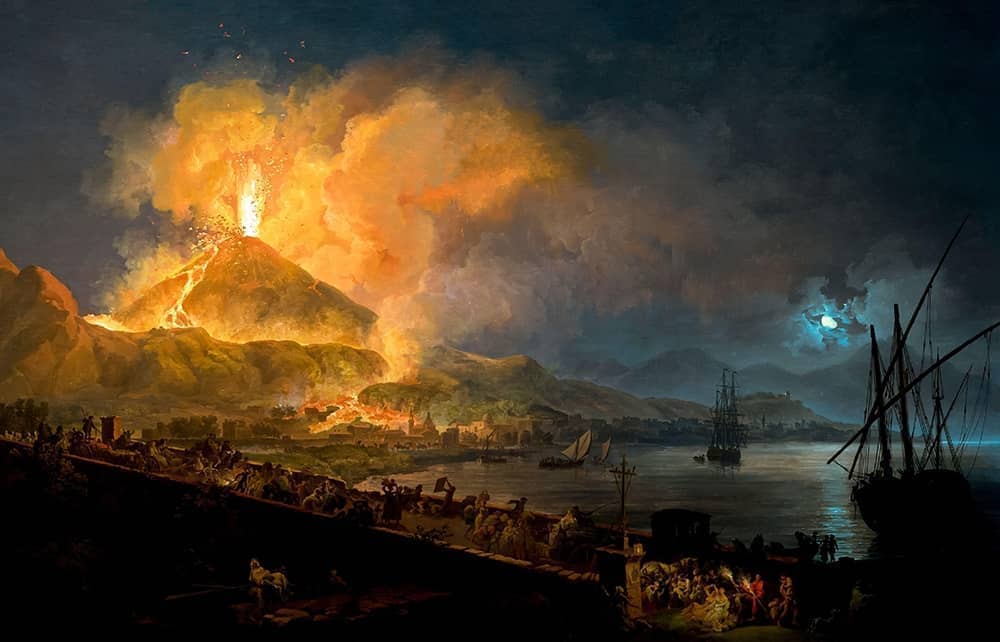Naples, the tatterdemalion capital of the Italian south, is said to be awash with heroin. Chinese-run morphine refineries on its outskirts masquerade as ‘legitimate’ couture operations that transform bolts of Chinese silk into contraband Dolce & Gabbana or Versace. The textile sweatshops are controlled by the Neapolitan mafia, or Camorra. All this was exposed by the Italian journalist Roberto Saviano in his scorching reportage, Gomorrah. Published in Italy in 2006, Saviano’s was nevertheless a partial account, in which the carnival city of mandolins and ‘O Sole Mio’ was overrun by Armani-coutured killer-capitalists.
Marius Kociejowski, poet, essayist and travel writer, is alert to the city’s reputation for Camorra and pickpocketing crime. ‘There is no getting around the fact that Naples is a bit of a shambles,’ he writes. Beneath the city’s obscure exuberance of life, though, is a picturesqueness of Hellenic and Virgilian myth and a wealth of folklore. Kociejowski’s book (which takes its title from the Sicilian proverb ‘Never fear Rome – the serpent lies coiled in Naples’) is one of the best I have read on the ramshackle Mediterranean outpost (and I have read a few). In pages of scholarly but engagingly droll prose, Kociejowski conjures a death-haunted city, where the meaning of life is everywhere connected to what it is to die.
Neapolitan attitudes to death are shadowed by elements of pagan belief and by the dromedary-like mound of Vesuvius smoking like a warning in the distance. In the brilliant chapter ‘Old Bones’, Kociejowski considers the network of underground volcanic quarries in Naples known as the Fontanelle, which are piled high with ancient human skulls. Until recently, devout Catholic women (it was usually women) would mutter prayers to a cranium of their choosing, in order to speed its owner on to paradise or for some other intercessory purpose.








Comments
Join the debate for just £1 a month
Be part of the conversation with other Spectator readers by getting your first three months for £3.
UNLOCK ACCESS Just £1 a monthAlready a subscriber? Log in